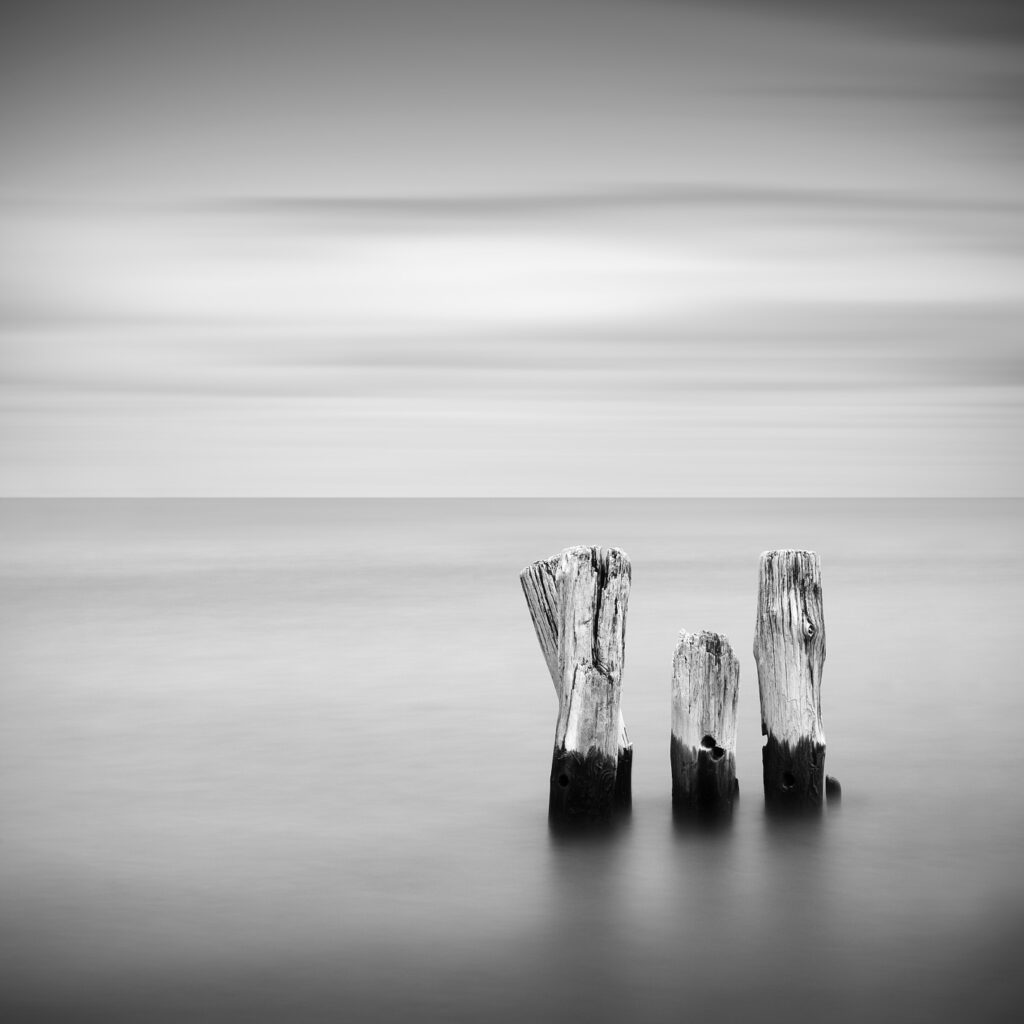It was a little more than a year ago that I set out on a journey to understand the Third Coast, an inland ocean of lakes and northern culture, that was inspired by the fictional character Fra Mauro in A Mapmaker’s Dream. Based on the actual Venetian cartographer, James Cowan’s Mauro, was sequestered in a monastery and entertained tales from afar that allowed him to chart a world defined by these stories. We were in the midst of a remote existence due to the pandemic, a sense of isolation not too different than Mauro’s monastic cell.
I was also struct by the stark images created by photographer Jeff Gaydash, whose impression of the coast is mystical and suggests ruins in the old moorings and abandoned coastlines. However bleak and ruinous that may be, there are people thriving among the ruins and are doing interesting things. Who are they? Why are they here? What do their actions and comments say about the region? There is a sense of history being remade, as John Hartig poignantly noted that Europeans ventured here to exploit the land, its natural resources and inhabitants, to advance its wealth and civilization. Once the voyageurs went inland, they turned their back to the water, polluted it, and nearly exhausted the region of its natural wealth. However, there are many who have turned to look at the water, and to nature, for their essential qualities of survival and inspiration. As the wildfires and drought define the West Coast, as the storms and rising water define the East Coast, the efforts to restore water, land, and nature is defining this coast. As one of the characters told Fra Mauro, “It is in us all, this desire to experience the kinship that exists between our innermost being and the will that created such a kinship in the first place. As such a desire is realized, we become preoccupied with strange and uncanny aspects in Nature herself. We are almost tempted to regard them as our own moods, our own creations. For my own part, I know that the boundary between myself and nature sometimes wavers and melts away, so that I can no longer be sure whether what I see with my own eyes springs from outward or inner impressions. An experience such as this is one sure way of discovering how creative we are, and how deeply our soil participates in the perpetual creation of the world. The same invisible divinity is at work in our as it is in nature. If the outside world were perchance to perish (as it did for me in Rhodes) I know that any one of us would be capable of rebuilding it. I say here things because I believe that mountain and stream, leaf and tree, root and flower, everything that has ever been formed in nature lies preformed within us and springs from the soul, whose essence is eternity”
I’ve looked and listened for stories coming from the coast of the lake oceans of the Third Coast that help define the soul of the landscape; writers, artists, naturalists, academics are all defining a sense of place and purpose in the region, perhaps unintentionally. There is a sense of resilience and restoration. There certainly are social and political divisions here, but nature is a common space. Even there, there isn’t necessarily a sense of common purpose — and it may be idealistic to think that would, or even should happen. This isn’t entirely Midwest, and it’s not North (as the Alaskans might contend). Its identity isn’t really clear. And for many whose backs are still turned from the water, it may not even be the freshwater coast.
The Third Coast is the edge of two countries, connected across narrow straits in a couple areas. The U.S. Coast Guard and Homeland Security agents patrol it. 9-11 defined it as a region of risk, illegal trafficking, and social difference — even as it pertains to environmental management. The Boundary Waters Treaty of 1909 helped define a shared responsibility to preserve and protect the inland ocean. We have that much in common.
There is a lot of history in the region, even underwater on the lake beds, that helps inform, if not define the region as less a place to settle and build community than to create commerce that furthers economic gain. There are plenty of folks who create communities around the work, as well as farmers, artisans, and others who are here because of the region, however it’s defined. The Michigan poet Michael Delp once wrote about what he defined as “The Coast of Nowhere,” a region where the large bodies of water, inland lakes, and rivers help define the landscape — a theme that Jim Harrison alludes to in his work. Delp writes, “I take in the coastline, the river where it enters the lake. Somewhere inside, this landscape comes back together, each tree where it belongs, and the sky: the way the sky looks from the deck, looking due south toward the peninsula, staring hard into that middle distance two miles out into the middle of Green Lake, that spot where nothing seems to happen, only empty space, watching from the coast of nowhere, I tell myself, a spot where I send the worst of everything to straighten itself out.”
I’ll continue looking and listening for those who define the Third Coast in hopes I can develop a better understanding of those who inhabit this space.
Story written by Dennis Archambault
Photograph by Jeff Gaydash
